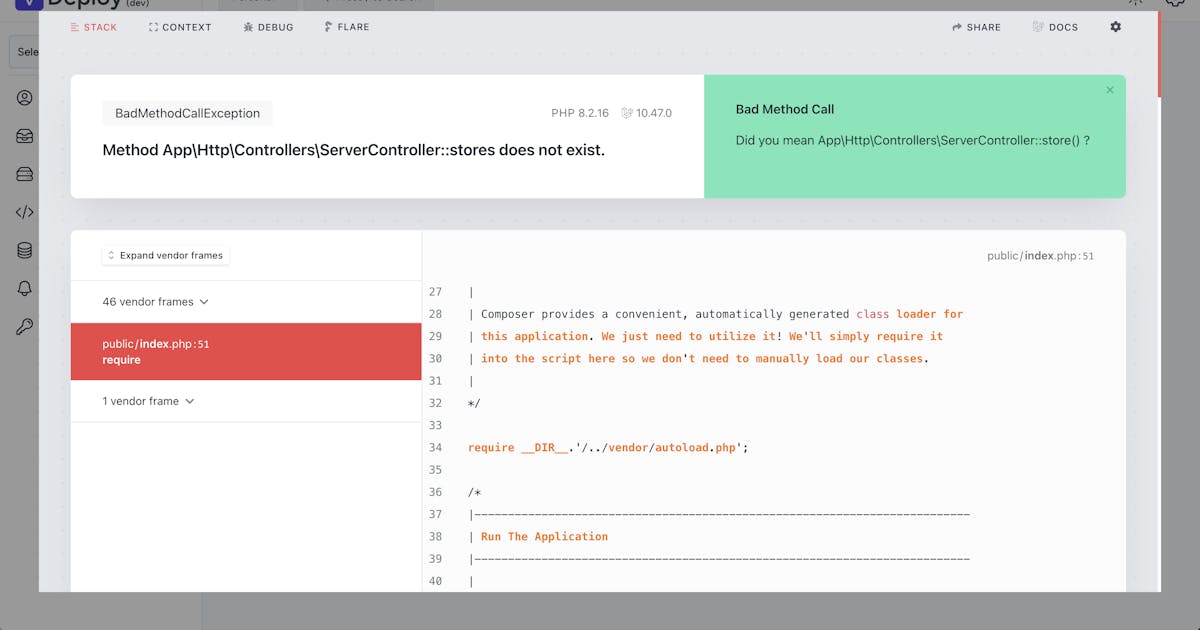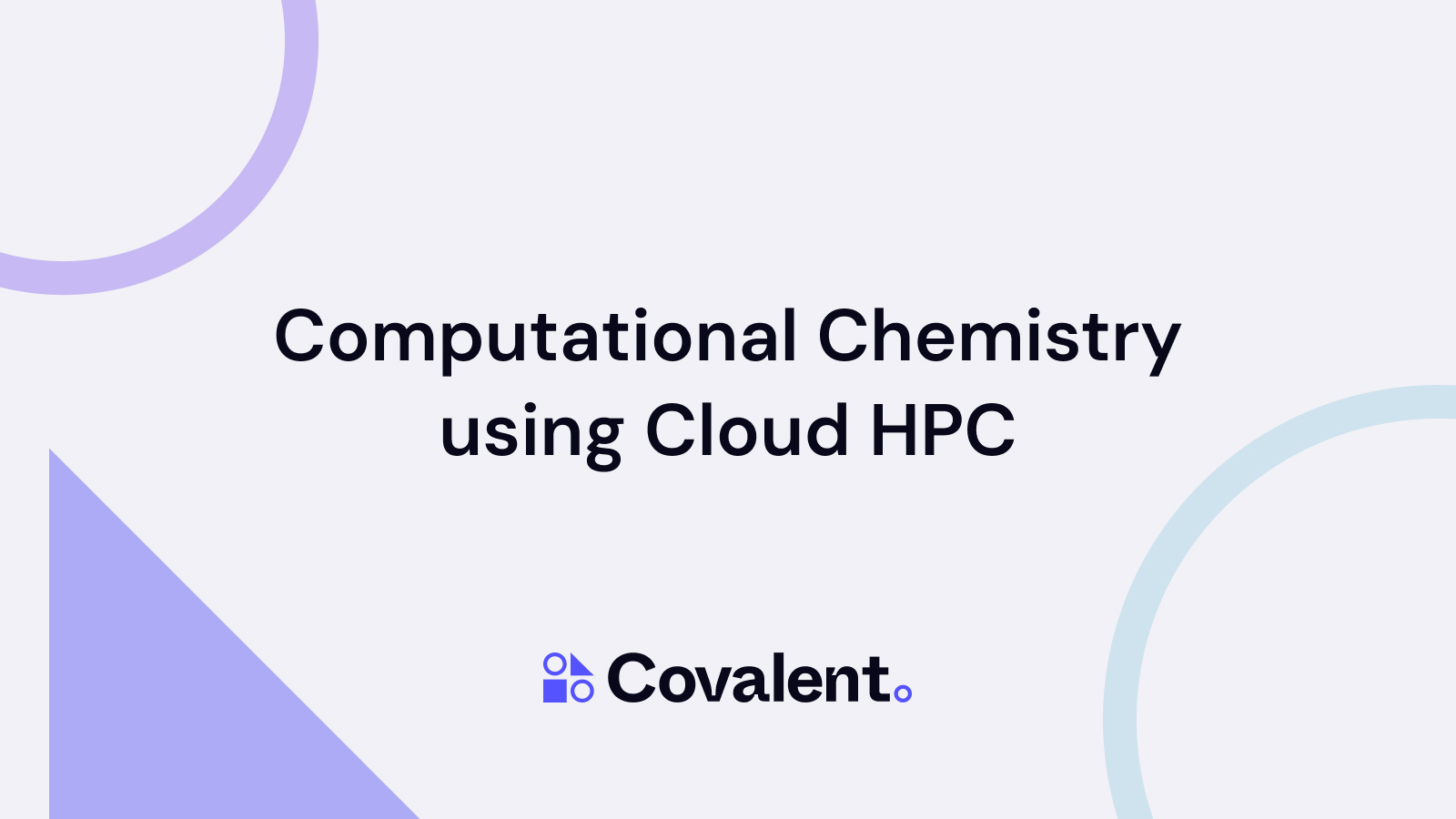
No-code/low-code: Why you should be paying attention
Yes, the major public clouds offer a lot. But what you may not know are the limitations, and how open clouds make the difference.
We’ve all been hearing the hype lately about low-code and no-code platforms. The promise of no-code platforms is that they’ll make software development just as easy as using Word or PowerPoint so that the average business user can move projects forward without the extra cost (in money and time) of an engineering team. Unlike no-code platforms, low-code platforms still require coding skills but promise to accelerate software development by letting developers work with pre-written code components.
I was involved in an early comparative productivity benchmark test between traditional development (using Java) and a model-driven low-code/no-code development project back in 2017. The results were impressive: 5X to 7X productivity improvement with low-code/no-code development. A survey by No-Code Census in 2020 showed a 4.6X productivity gain over traditional programming.
The low-code/no-code landscape is complex, with numerous solutions, platforms, and submarkets. For example, there are submarkets targeting large enterprises, medium-sized businesses, and small businesses. Enterprise low-code/no-code platforms provide high scalability, performance, security, and integration with enterprise applications. They tend to be more expensive. Here’s Gartner’s Magic Quadrant for enterprise low-code platforms:











/cdn.vox-cdn.com/uploads/chorus_asset/file/25415491/DSC08587.JPG)









